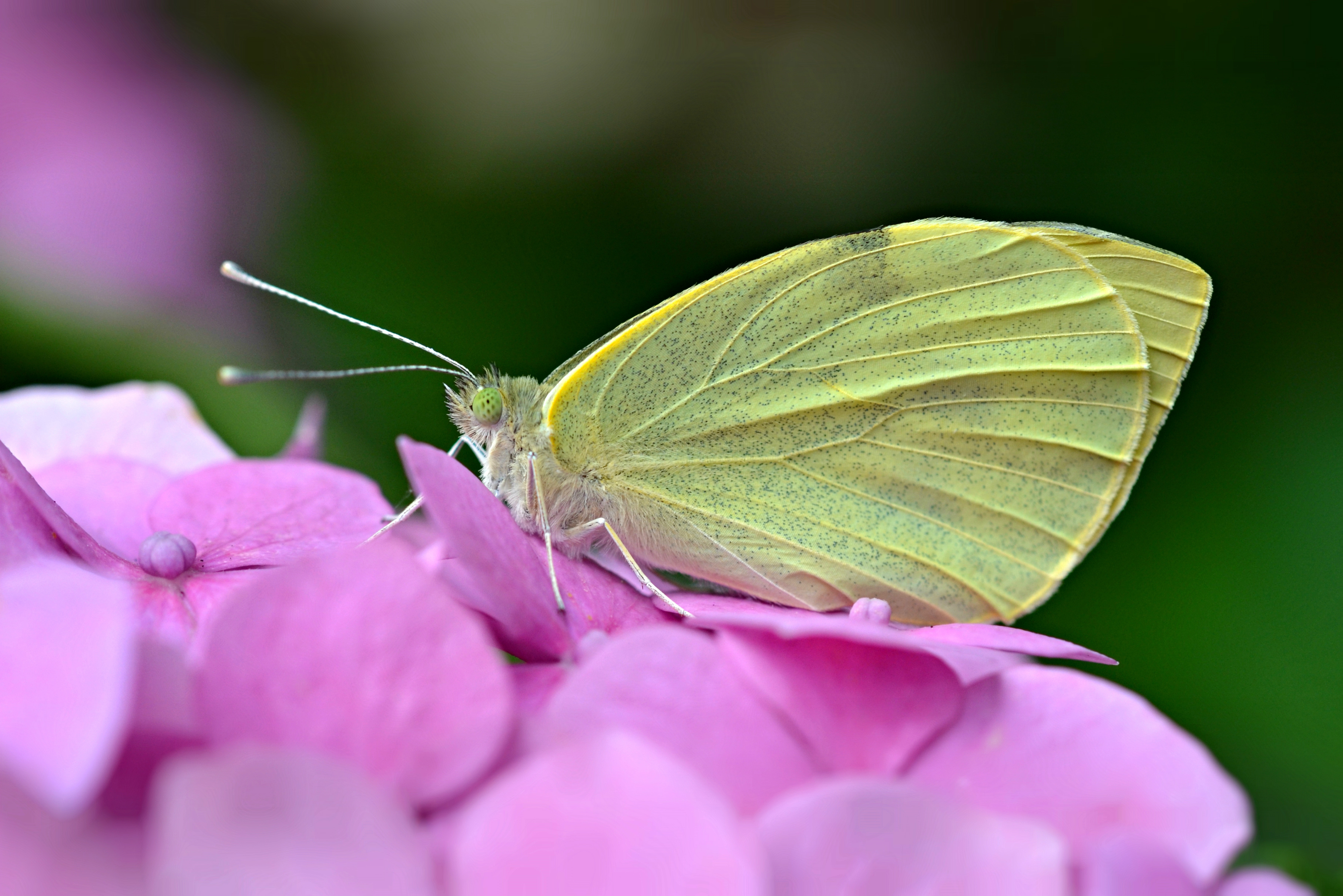The nectar-rich flowers of alliums will attract butterflies, bees and hoverflies. Now is the perfect time to plant them for a lovely spring display.
Alliums are known as ornamental onions and belong to the group with shallots, chives and garlic. They are very striking plants with large, round flowerheads on straight stems. They range in colour from purple to white and make good cut flowers. The flowerheads, which vary in size, can also be left to turn into attractive seedheads.
There are many different types that you can choose from to maintain a flowering display through spring and summer. Heights vary from 15cm to 180cm so they can be used in many positions in the border.
Allium hollandicum ‘Purple Sensation’ has violet-purple rounded heads from May to June and reaches up to 90cm high.
Allium ‘Beau Regard’ has round, lilac flowerheads from May to June and grows up to 120cm.
Allium nigrum has cream flowers in June and is 35cm high.
Allium ‘Globemaster’ has large, deep violet heads from June to July and is 85cm high.
Allium tuberosum, also known as Chinese Chives, has white flowers with edible leaves from June to August and is up to 60cm tall.
Allium sphaerocephalon has small, egg-shaped, claret-coloured flowers in July and August and grows up to 90cm tall.
How to grow
Alliums look best planted in groups. They like sunny, sheltered sites with well-drained soil. Grit should be added if the soil is too heavy.
Dig a hole and place the bulbs with the pointed end up, at least twice the depth of the bulb (eg if the bulb is 5cm high, it should be planted 10-15cm below soil level).
Alliums with larger flowerheads should be planted around 30cm apart. For smaller varieties 10-15cm is sufficient. Cover them up and firm the ground with your hand.
If growing in a container, make sure there is a good depth of soil underneath the bulbs.
Fertilise in spring with a potash feed to encourage good flowering.
At the time of flowering, the leaves die down and can look unattractive. It’s a good idea to plant them amongst other herbaceous plants to hide this. Make sure that the foliage is not too shaded and only remove leaves when they have completely browned, so the bulb has a chance to store food for the following year’s flower. If you don’t want to keep the seedheads then cut back the spent flowers to the base of the flower stalk. The bulbs can be left to overwinter in the ground.
Some alliums can eventually form large clumps so every few years, during late summer, any clumps that are too big can be lifted, divided and replanted.
You can enjoy trying different planting combinations to please yourself and the butterflies!
Happy Gardening!
The Secret Gardener


